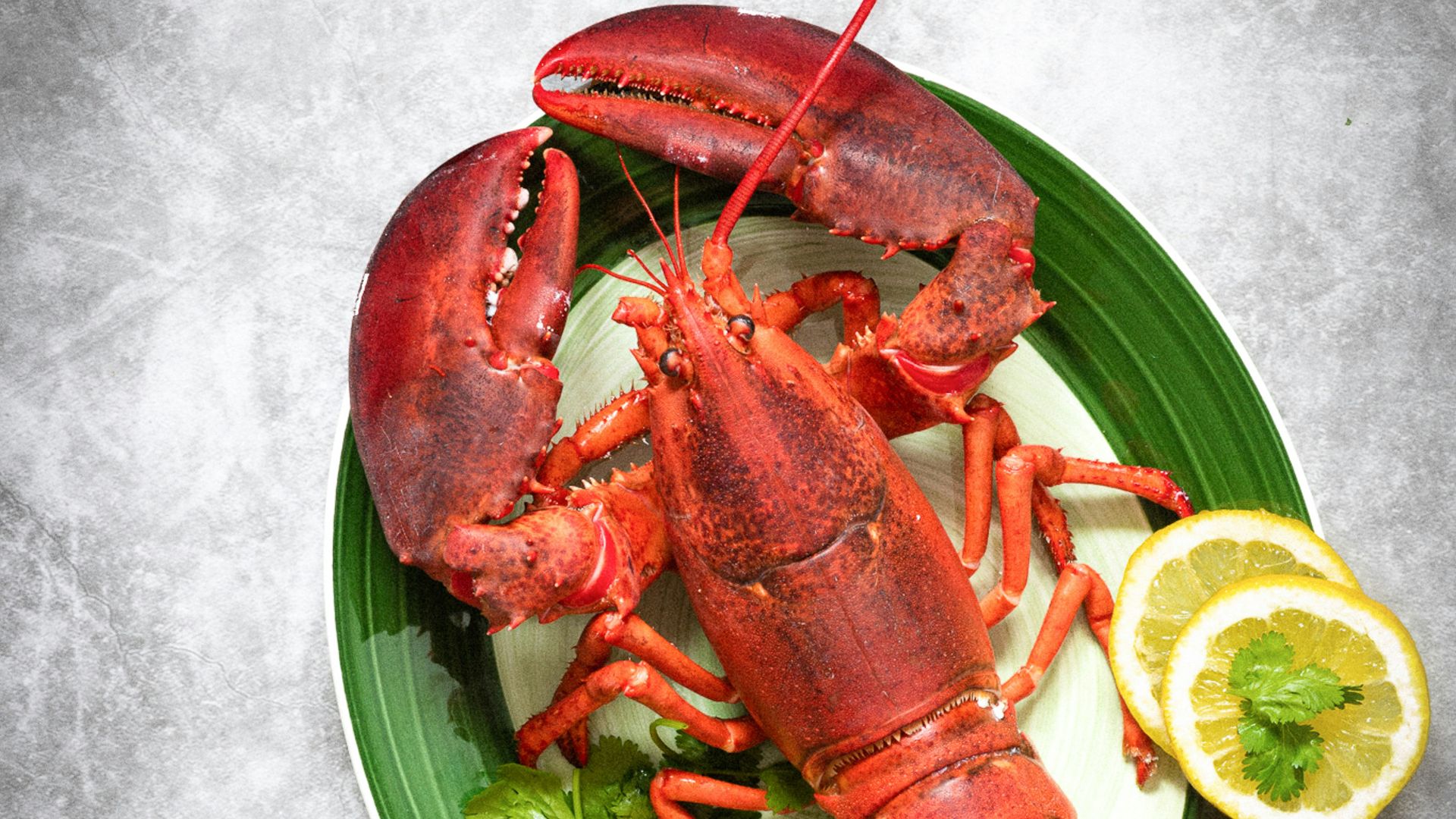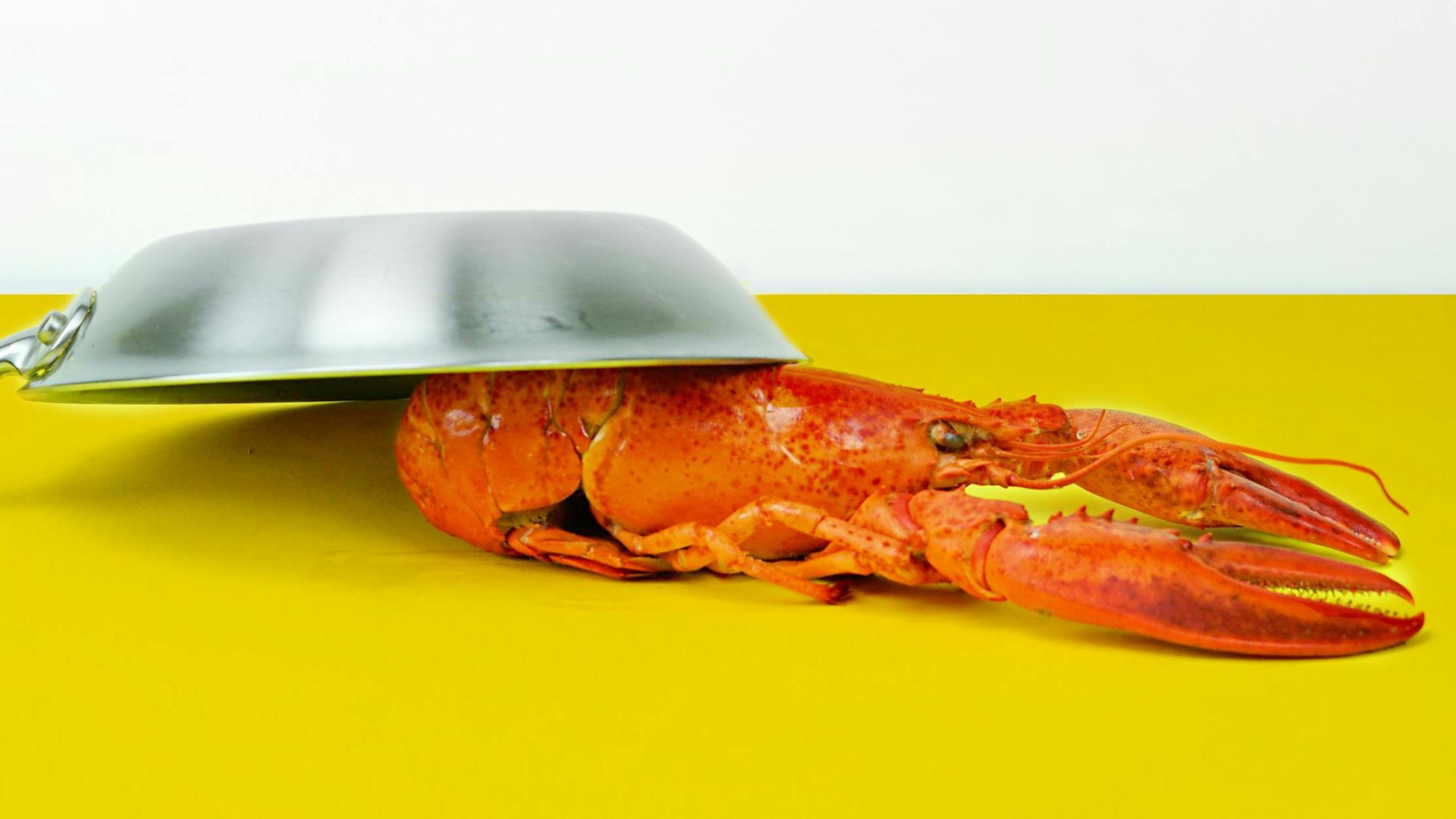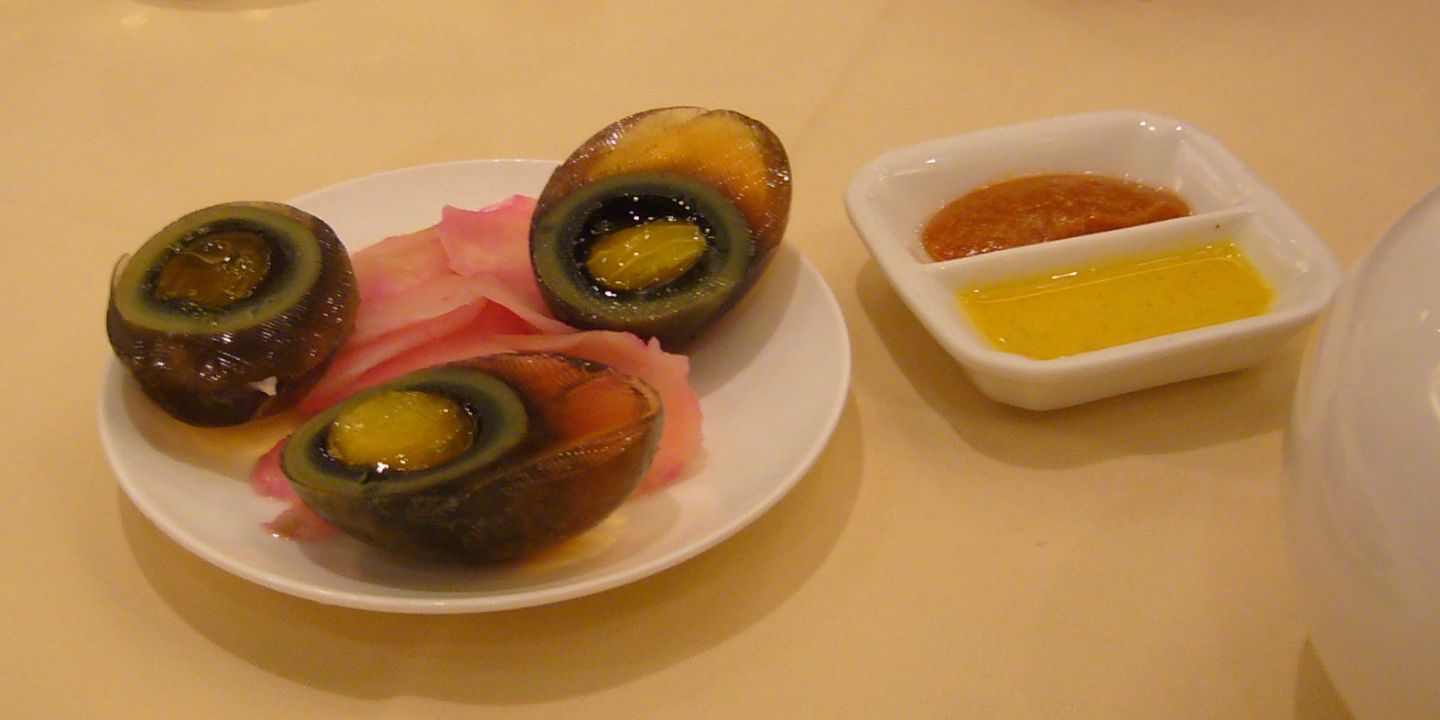You’ve probably heard this myth repeated more times than you can count: lobsters were once so plentiful that they were served in colonial prisons. While there is a nugget of truth to this tale, it’s been repeated so often that nobody questions the logic anymore. That’s why we’re here to set the record straight: no, lobster was never a prison food.
We understand why people want to believe this myth. After all, it represents almost everything wrong with economic greed. A humble crustacean, once fit only for prisoners, is now one of the most expensive meals you can buy, associated with the uber-rich.
It’s true that lobsters, like octopus and caviar were once so plentiful that even the poorest of fishermen could cast their nets off the coast and reel in a cheap and filling supper. Additionally, it’s true that once lobster was seen as a delicacy, overfishing drove the price even higher. But, that would have been a few isolated cases, not widespread prison meal-planning.
Consider The Lobster
Food historians ask us to consider the lobster as a meal. It’s delicious, sure, but the meat-to-carcass ratio isn’t exactly equal. Also, anyone who’s ever tried shelling a lobster knows that it’s almost more trouble than it’s worth.
So, why would prisons in Colonial America go through all that effort to feed prisoners. Colonial prisons make today’s penal system look like a five-star hotel. They were routinely filled past capacity and teeming with disease.
If you wanted to feed as many people as possible as quickly and as cheaply as possible, you wouldn’t use the cockroach of the sea. Instead, prisoners were kept on what were effectively starvation rations: stale bread, water, and maybe salt fish or cabbage for a treat.
This was the bare minimum needed to keep prisoners alive. You wouldn’t spend hours meticulously picking the meat from a lobster. You’d use calorically-dense food that’s easy to prepare and has a long shelf life.
Additionally, many colonial prisons functioned as extended holding cells rather than long-term incarceration. You stayed there while you awaited trial, and you had to pay for your own food if you wanted something other than bread and water. If lobster really was an option, then where were prisoners getting the money for it?
Prison Food Or Servant Food?
Another common myth states that lobster was used to feed servants from the colonial era through to the 20th century, and that servants had a clause in their contracts saying they would only eat it twice a week. While there is a nugget of truth to this in various sources, lobster was never the problem.
Rather, salmon fed servants sporadically over the centuries. Not lobster.
These myths even persist into the 20th century with stories of grizzled ex-cons sneering at the thought of lobster as a fancy meal. However, by this point in time, lobster was already well-established as a luxury dish. Additionally, even if it had been considered a prison dish, there wouldn’t have been anyone alive to remember it.
Truly, we understand where this myth is coming from. If you’re an average working-class person, there’s a sense of poetic irony in the knowledge that your people and those lower than you would have dined on lobsters while aristocrats stuffed their gullets with jellied meats and other foods we find repulsive today.
We want to believe that we’re oh-so-enlightened in contrast to the simpletons of the past, but history is rarely so cut and dry.









